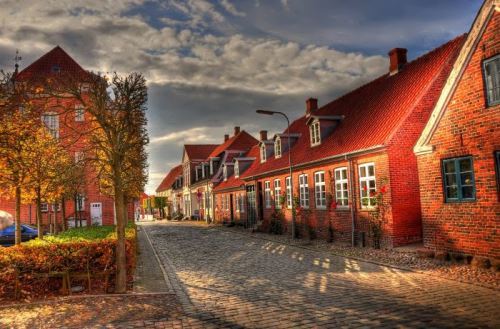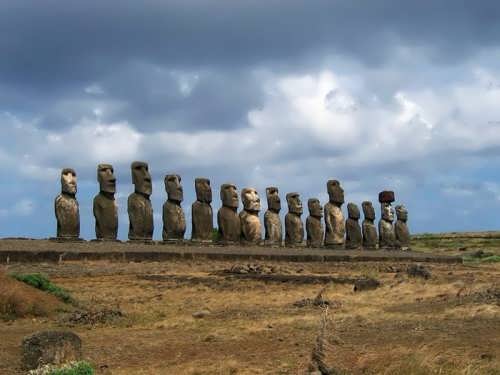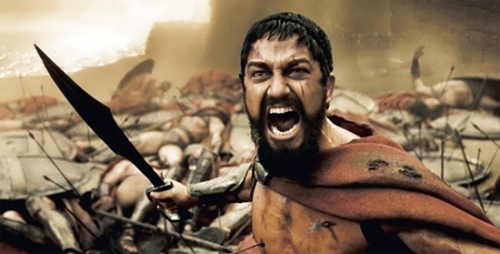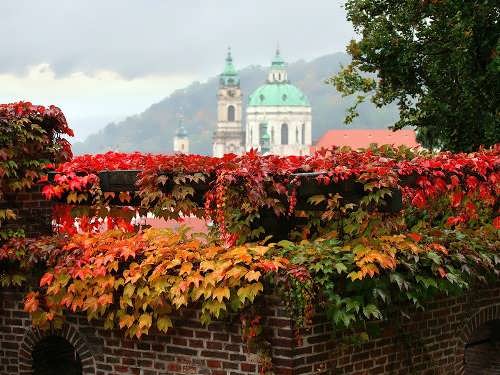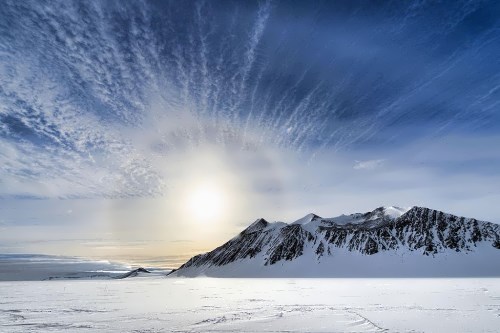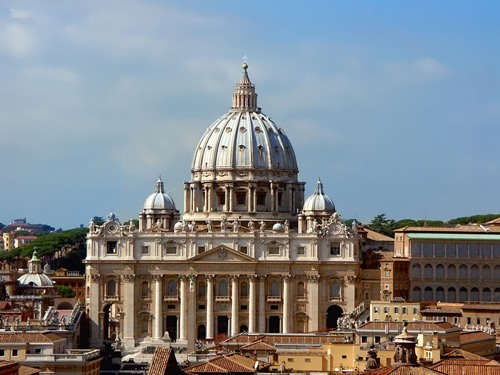Denmark – Almost an Island
The Kingdom of Denmark is a small European country. It lies between the North Sea and the Baltic Sea. Denmark is surrounded by water on nearly all sides. Its area is 43,094 square kilometers. Jutland, a long peninsula, makes up most of the country’s area. Denmark also includes more than 400 islands to the east of Jutland. Straits separate Denmark from Norway and Sweden.
People in Denmark are called Danes and speak the Danish language. Minority groups include people from Turkey, Iran, and Pakistan.
Earlier Denmark was once covered by forests of oak, elm, lime (linden), and beech trees. The forests were cleared to create farmland.
More »
